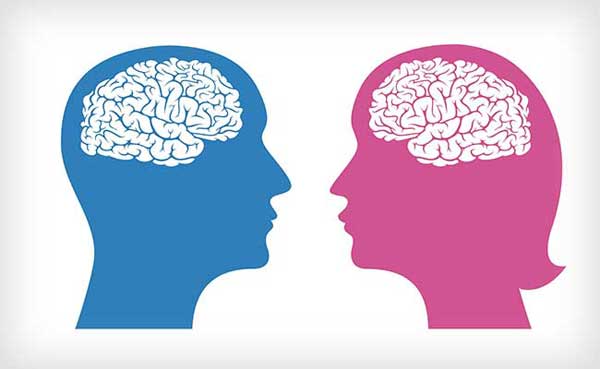
Washington, US (BBN)-Lots of folks- well-intentioned and otherwise- like to point out the supposed differences between male and female brains.
But it's time to throw away the brain gender binary, according to a study published Monday in the Proceedings of the National Academy of Sciences, reports the NDTV.
Brains can't really fit into the categories of "male" or "female" - their distinguishing features actually vary across a spectrum.
It's exciting news for anyone who studies the brain - or gender.
And it's a step towards validating the experiences of those who live outside the gender binary.
"Whereas a categorical difference in the genitals has always been acknowledged, the question of how far these categories extend into human biology is still not resolved," the authors write in the study.
Structural differences in the brain - and differences in behavior - are often taken as evidence that brains can be distinctly male or female.
For this to be true, the authors write, the differences would have to be consistent: Those who were biologically male would have to almost always have "male" features and not female ones in their brain.
But in analyzing the MRI scans of some 1,400 individuals, researchers led by University of Tel-Aviv's Daphna Joel found that mash-ups were more common.
They believe their study is the first to look for brain differences between genders by using the brain as a whole, instead of pointing out individual structures and features (like size, amount of gray versus white matter, and so on) in isolation.
"Nobody has had a way of quantifying this before," Lise Eliot, a neuroscientist at Chicago Medical School in Illinois who was not involved in the study, told Science Magazine. "Everything they've done here is new."
The authors found that only a very small number of the brains studied had features that were entirely male, female, or intermediate between the two.
The vast majority had a mosaic.
"[B]rains with features that are consistently at one end of the "maleness-femaleness" continuum are rare," the scientists wrote in the study.
"Rather, most brains are comprised of unique "mosaics" of features, some more common in females compared with males, some more common in males compared with females, and some common in both females and males."
Rockefeller University's Bruce McEwen, who edited the manuscript of the study but didn't participate in the research, told New Scientist that the findings would likely surprise some scientists.
"We are beginning to realize the complexity of what we have traditionally understood to be 'male' and 'female', and this study is the first step in that direction," he said.
"I think it will change peoples' minds."
Lead author Daphna Joel hopes that the study will help do away with assumptions made about gender differences.
"We separate girls and boys, men and women all the time," she told New Scientist.
"It's wrong, not just politically, but scientifically - everyone is different."
BBN/SK/AD